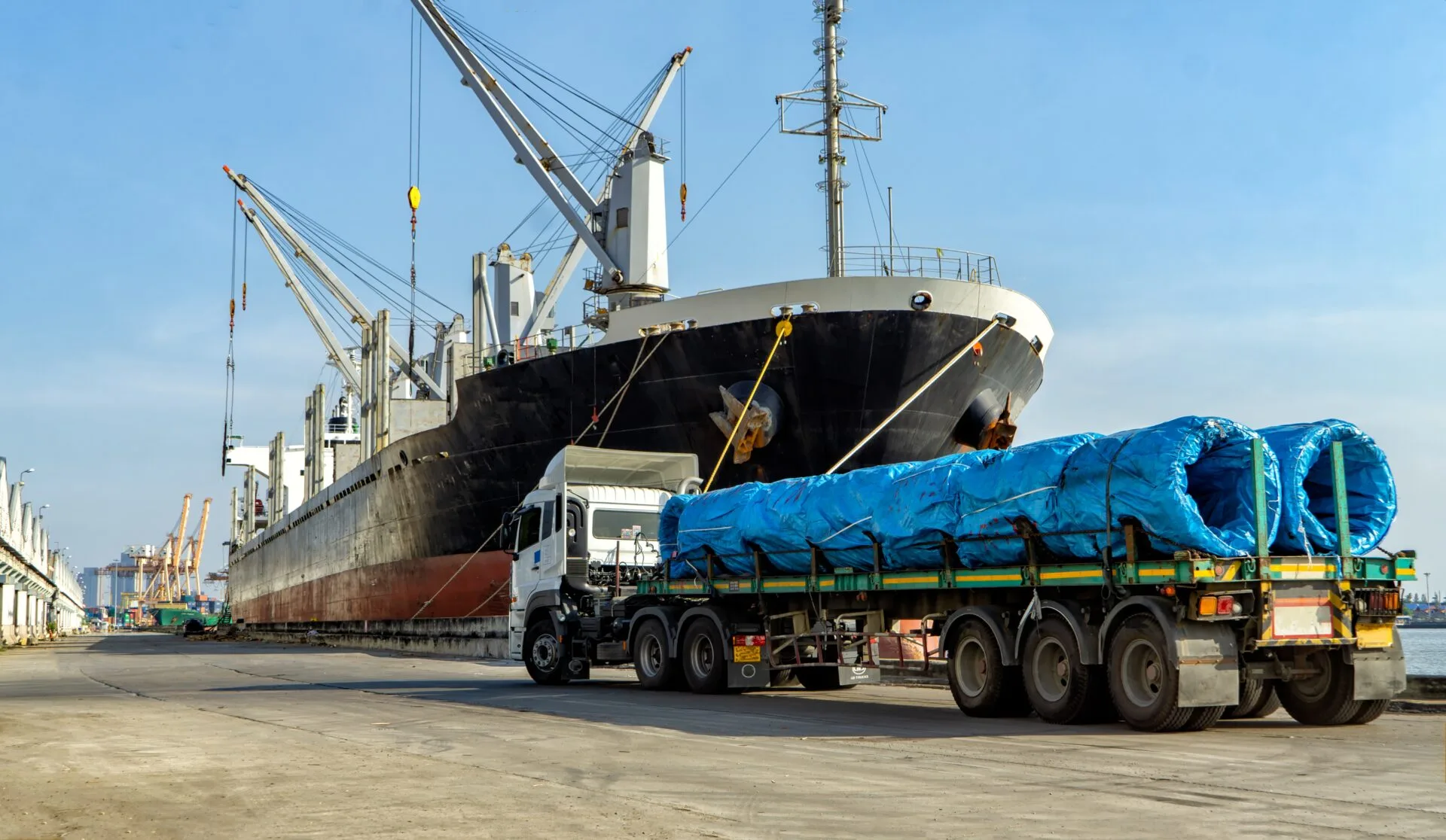What is the CIF Incoterm?
CIF (Cost, Insurance and Freight) is an Incoterm for sea and barge transportation in which the seller is responsible for arranging and paying for transportation and insurance to the destination port.

What is the CIF Incoterm?
The Incoterm CIF, or Cost, Insurance, and Freight, is a commonly used international trade term that specifies the responsibilities of both the buyer and seller in a transaction.
CIF is one of 11 Incoterms published by the International Chamber of Commerce (ICC) that define the terms of delivery of goods in international trade. The CIF Incoterm requires the seller to arrange and pay for transportation of the goods to the port of destination and provide insurance to cover the goods during transportation.
The seller is also responsible for loading the goods onto the ship. The buyer is responsible for unloading the goods and paying any duties or taxes upon arrival at the port of destination. It is important to note that the Incoterm CIF refers only to ocean transportation and not to other forms of transportation. Understanding the Incoterm CIF and its nuances is crucial for both buyers and sellers engaged in international trade to ensure a smooth and efficient transaction.
What are the advantages and disadvantages of the CIF Incoterm?
The CIF Incoterm, is a popular trade term used in international commercial transactions. This Incoterm is often used for shipments by sea, where the seller is responsible for arranging and paying for the transportation of the goods to the port of destination, as well as insurance costs until the goods are delivered to the buyer.
One of the main advantages of using the CIF Incoterm is that there is a clear division of costs and responsibilities between buyer and seller. This reduces the risk of disputes and misunderstandings during the transaction. In addition, using the CIF Incoterm can be advantageous to the buyer because the risk of loss or damage is transferred to the seller until the goods are delivered to the destination port.
However, there are also some disadvantages to using the CIF Incoterm. One of the main disadvantages is that the seller has a limited obligation to insure the goods and the insurance coverage may not be sufficient to cover the full value of the goods in case of loss or damage. In addition, the buyer may have limited control over the choice of carrier and the quality of transportation services used.
Looking for support to make the right decision or want more information?
If so, please contact us. One of our specialists will be happy to help you further.
Frequently asked questions about the CIF Incoterm
What are the seller's key responsibilities under CIF?
Under CIF, the seller is responsible for delivering the goods aboard the ship at the port of departure, paying the freight charges and taking out transport insurance to the destination.
What are the buyer's key responsibilities under CIF?
The buyer must pay for the goods, including the agreed sales price and any other charges specified in the sales agreement. The buyer must also be responsible for customs clearance and unloading the goods at the destination.
What is the difference between CIF and CIP?
The main difference between CIF and CIP (Carriage and Insurance Paid To) is that under CIF, the seller is responsible for paying the freight charges and purchasing transportation insurance to the destination, while under CIP, the seller is responsible for paying the freight charges to the destination, but the buyer is responsible for purchasing transportation insurance.
Other knowledge base articles

December 17, 2025
Export document
An export document is the official export declaration that allows you to legally export goods from the EU. You need it as soon as EU goods leave the ...

December 17, 2025
EAD document
The EAD document is the Export Accompanying Document that accompanies your goods when they are exported from the EU. After submission ...

December 1, 2025
Customs clearance
Customs clearance in the Netherlands means that you officially bring goods into free circulation in the EU. You need to submit a ...